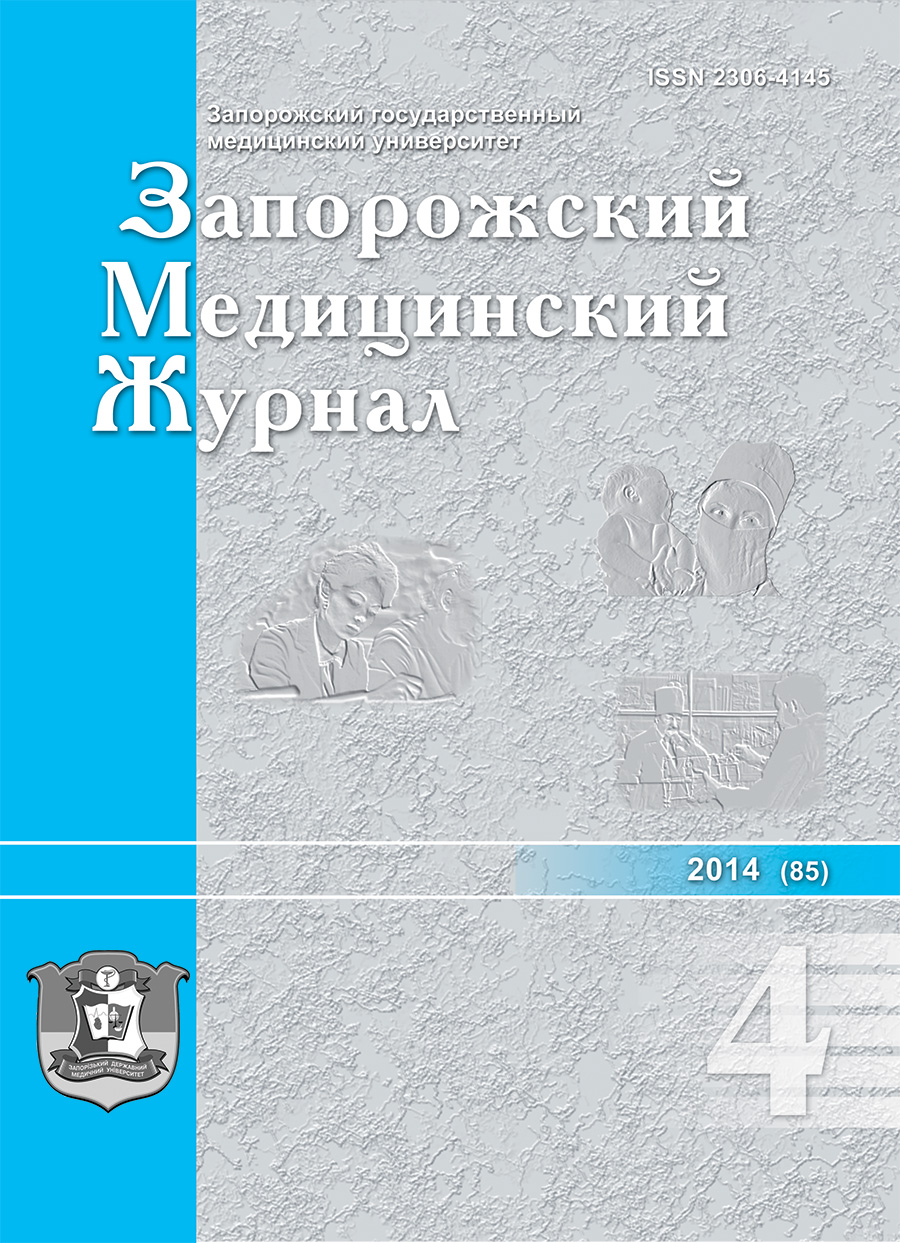Justification of the solvent choice for the industrial amizon substance production
DOI:
https://doi.org/10.14739/2310-1210.2014.4.27450Keywords:
Amizon, Synthesis, Quality Control, SolventsAbstract
INTRODUCTION
In recent years, the rapid development gets implementing principles of quality management in the pharmaceutical industry. It should be noted that instead of the mechanical control of the quality associated with the chemical characteristics of pharmaceutical substances and drugs innovative ways to ensure the quality associated primarily with the understanding of the processes occurring during the manufacturing process come.
Objective: To study solvent selection for the industrial production of methiodide benzyl amide isonicotinic acid substance considering the conception “Quality by design”.
MATERIALS AND METHODS
Solution of 0.1 moles of isonicotinic acid in 0.12 moles of benzylamine was heated at 160-185°C during 4-5 hours while distilling off water and excess benzylamine. The resulting melt - cooled isonicotinic acid benzylamide was dissolved in acetone and filtered. It was used in further synthesis without further purification.
0.1 moles of isonicotinic acid benzylamide was dissolved in0.6 litersof a suitable solvent and 0.12 mole of methyl iodide was added to the solution at room temperature. The mixture was heated at 40-50 ° C for 3-4 hours, the reaction mixture was cooled, filtered the product was dried.
After calculating the aim product was recrystallized from an appropriate solvent. Isonicotinic acid benzylamide iodomethylate quantitative content was determined by acid-base titration in non-aqueous medium (fixing the endpoint - potentiometrically). The impurity content benzylamide isonicotinic acid – by HPLC.
RESULTS AND DISCUSSION
When solvent have been chosen we took into account previously developed scheme of laboratory synthesis. We guided primarily data about security and efficiency.
The least toxic solvents conventionally used in pharmaceutical production , included 2- propanol and ethanol (limit of residual amounts of these solvents, allowable HFC substances was 0.5 % and 1 %, respectively). Therefore, these solvents as the most similar in their properties and acceptable cost, we considered for possible use in industrial amizone production. In the first phase the solubility of the intermediate (Bink) and amizone in these solvents were studied. It was found that substance was very slightly soluble in cold organic solvents and was easily soluble in boiling. Water adding to these solvents in various ratios significantly improved solubility, and the best solubility, as expected, had water.
To justify the choice of solvents for the first and second stage of the synthesis and crystallization an experimental study of the efficacy of using ethanol, acetone and 2-propanol in various processes of synthesis was done. Thus the yield of final product was evaluated and the amount of associated impurities before and after crystallization was measured. It was proved that at the synthesis stage it is expedient to use 2-propanol and as crystallization solvent – ethanol.
CONCLUSIONS
1. Experimental studies for the justification for the choice of solvent for the industrial synthesis of isonicotinic acid benzylamide iodomethylate substance considering QbD concepts and classes of toxic solvents were done.
2. It was established that in the synthesis is optimal to use 2-propanol and for crystallization - ethanol.
References
Patel, H., Parmar, S., & Patel, B. (2013) A comprehensive review on Quality by Design (QbD) in pharmaceuticals. Int. J. Pharm. Sci. Rev. Res., 21(37), 223–236.
Gawade, A., Chemate, S.,& Kuchekar, A. (2013) Pharmaceutical Quality by Design: A new approach in product development. Res. Rev.: J. Pharm. Pharm. Sci., 2(3), 5–12.
Trived, B. (2012) Quality by design (QbD) in pharmaceuticals. Int. J. Pharm. Pharm. Sci., 4(1), 17–29.
(2001) Derzhavna Farmakopeia Ukrainy [State Pharmakopoeia of Ukraine] Kharkov: RIREG. [in Ukrainian].
Grodowska, K., & Parczewski, A. (2010) Organic solvents in the pharmaceutical industry. Acta Pol. Pharm. Drug Res., 67(1), 3–12.
Kushwaha, P. (2012) Organic Volatile Impurities: A Regulatory Overview. Pharma Times, 44(5), 43–45
Bukhtiarova, Т. А., Trinus, F. P., Danilenko, V. F., Danilenko, G. I., Ovruckij, V. M., & Sharykina, N. I. (1997) Struktura i protivovospalitel'naya aktivnost' arilamidov izonikotinovoj i nikotinovoj kislot [Structure and anti-inflammatory activity of isonicotinic and nicotinic amides]. Khimiko-pharmacevticheskij zhurnal, 31, 30–32. [in Russian].
Trinus, F. P., Danylenko, V. P., Bukhtiarova, Т. А., Rybalko, S. L., Arkadiev, V. G., Klebanov, B. M., et al. (1994) M-L.I. Tarnavska. 4-(N-benzyl)aminocarbonyl-1-methylpyrydinium iodide – analgesic remedy with interferonogenic, anyiinflammatory and antipyretic properties. Pat. 6752 Ukraine, Int.Cl. А 61 К 31/44, С 07 213/20. Promyslova vlasnist. Biul., 8–1.
Sysoliatin, S. V., Sakoich, G. V., Kriukov, Yu. A., Rogova, A. I., Bubelo, V. D., Chernov, A. I. (2011) Pat. 2 429 230 Russian Federation. Int. Cl. C07D 213/02, A61K 31/14. Method for obtaining N-methyl-4-benzylamidocarbonyl-pyrydinium iodide. Izobreteniia. Poleznyie modeli, 26.
Zala, P., Patel, P. K., Patel, K. S., Palmar, J. P., Sen, D. J. (2012) Laboratory techniques of purification and isolation. Int. J. Drug Dev. Res, 4(2), 41–55
Downloads
How to Cite
Issue
Section
License
Authors who publish with this journal agree to the following terms:
Authors retain copyright and grant the journal right of first publication with the work simultaneously licensed under a Creative Commons Attribution License that allows others to share the work with an acknowledgement of the work's authorship and initial publication in this journal. 
Authors are able to enter into separate, additional contractual arrangements for the non-exclusive distribution of the journal's published version of the work (e.g., post it to an institutional repository or publish it in a book), with an acknowledgement of its initial publication in this journal.
Authors are permitted and encouraged to post their work online (e.g., in institutional repositories or on their website) prior to and during the submission process, as it can lead to productive exchanges, as well as earlier and greater citation of published work (See The Effect of Open Access)





